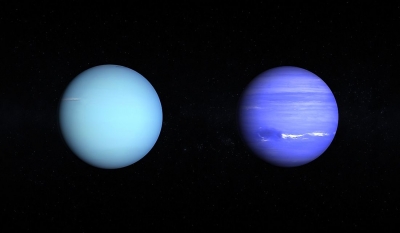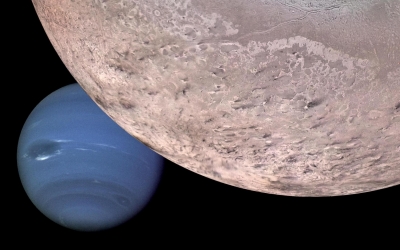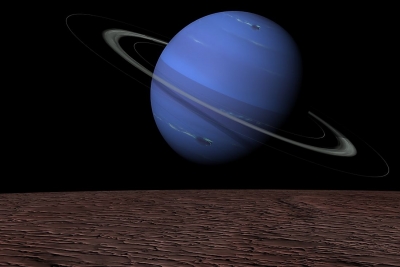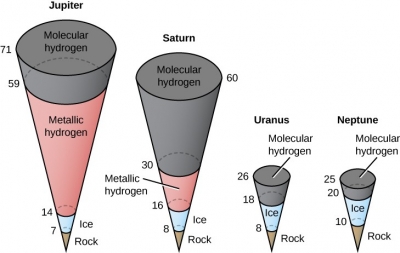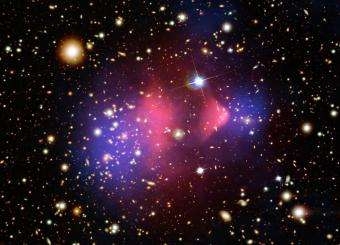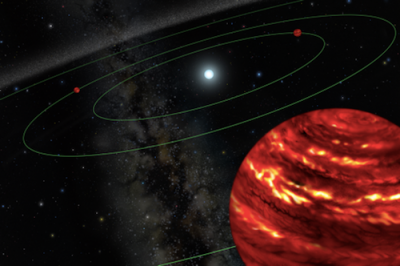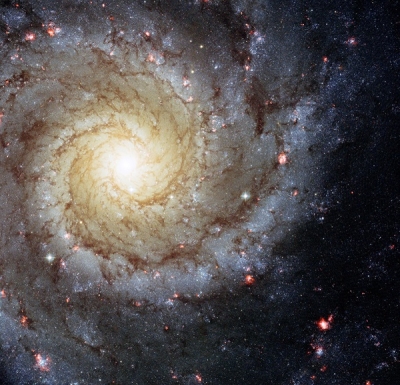
Netflix uses viewership data to give better movie recommendations. Facebook uses past interactions to send more targeted ads to users. Google Maps estimates your ETA (Estimated Time of Arrival) based on huge amounts of data accumulated from other people using the app on the same route.
These are all examples of data science being put to use to gain a deeper level of understanding. In this way, data scientists are like detectives, finding patterns out of data to help businesses make smarter decisions.
What's this career about?
Data scientists are the game changers for any organization. They simplify big data through coding and algorithms and turn it into a problem-solving solution for the business.
A data scientist's work typically involves making sense of messy, unstructured data, collected from sources such as smart devices, surveys, social media feeds and emails.
Their work includes framing relevant questions which need to be answered, and collecting huge amounts of data available on the internet. The importance of gathering and collecting data is crucial as it enables organisations to determine and thus influence trends in a particular industry.
Then, using modelling, statistics and analytics programmes, data scientists organize the data into a predictive model and analyse the data. Based on their analysis, changes to existing systems and strategies are recommended.
Often, these scientists are required to present the analysed results, trends, opportunities and even weaknesses in an understandable manner across various teams. So, it is highly important for them to be effective communicators, leaders and team members as well as high-level analytical thinkers.
Sometimes, they need to write new algorithms to solve issues if nothing existing works. This also means that data scientists have to build data science tools if need be.
They work cross functionally with other teams throughout their organization, such as marketing, customer success, and operations.
With data playing an increasingly important part in the economy, data scientists are needed in every industry you can think of. From healthcare to sports, finance, and e-commerce (not to mention the traditional sciences), the applications are almost limitless. For keen lifelong learners, this makes data science a cornucopia of opportunities to practise and grow.
How do I get there?
You'll need at least a degree in Mathematics, Statistics, Economics, Engineering or Computer Science to work as La data scientist. Along with a degree, you are supposed to know programming languages such as R, Python, SQL, Cor Java and have strong database design and coding skills. Then you can go for a postgraduate course in business analytics, big data or data science. During this course, you'll study subjects like machine learning, data analytics, statistics, data modelling, business analysis, data visualisation, cloud computing, database systems, internet technologies and algorithms.
What key skills do I need?
- Excellent analytical and problem-solving skills
- Good communication and presentation skills in order to explain your work to people who don't understand the mechanics behind data analysis.
- Effective listening skills in order to understand the requirements of the business.
- Drive and the resilience to try new ideas if the first one doesn't work. You'll be expected to work with minimal supervision, so it's important that you're able to motivate yourself.
- Planning, time management and organisational skills.
- The ability to deliver under pressure and to tight deadlines.
- Great attention to detail.
- Team-working skills and a collaborative approach to sharing ideas and finding solutions.
Institutes
- Indian Statistical Institute (ISI), Kolkata offers courses in statistics.
- IIT Kanpur, Mumbai, Bangalore, Kolkata, Kharagpur, offer B.S. in Mathematics and Scientific Computing.
- IIT Roorkee offers a postgraduate certificate programme in Data Science & Machine Learning.
- Indian School of Business (ISB), Hyderabad; S.P. Jain School of Global Management, Mumbai; Great Lakes Institute of Management, Chennai offer courses in Business Analytics.
- Indian Institute of Science Education and Research, Pune and various other locations offer BS-MS programmes.
Pay package
Data scientists usually start with Rs. 6-8 lakhs per annum. Their salary can increase steadily over the first 5-10 years if they keep sharpening their skills. Thus it is always better to keep gaining knowledge in advanced programming, data modelling, machine learning and more. Most of the related jobs are in Bengaluru, followed by Gurgaon, Pune, Mumbai and Hyderabad.
Employment profile
Data is everywhere, hence data science has emerged as an attractive career option. Demand for skilled data scientists is massive as organizations are focusing more and more on using the insights from this data to evaluate progress, build solutions and make decisions.
The main career opportunities available are in data science, data analytics, big data engineers, big data managers and data architects. Sectors like information technology, telecom, manufacturing, finance and i insurance are dependent on data science to make smarter decisions that are based on the data that indicate consumer preferences and help market it to the right group of people. Small start-ups are generating a massive amount of data every day, thus resulting in increased hiring.
Credit : Dr. Vibha Gupta (The Teenager Today)
Picture Credit : Google
